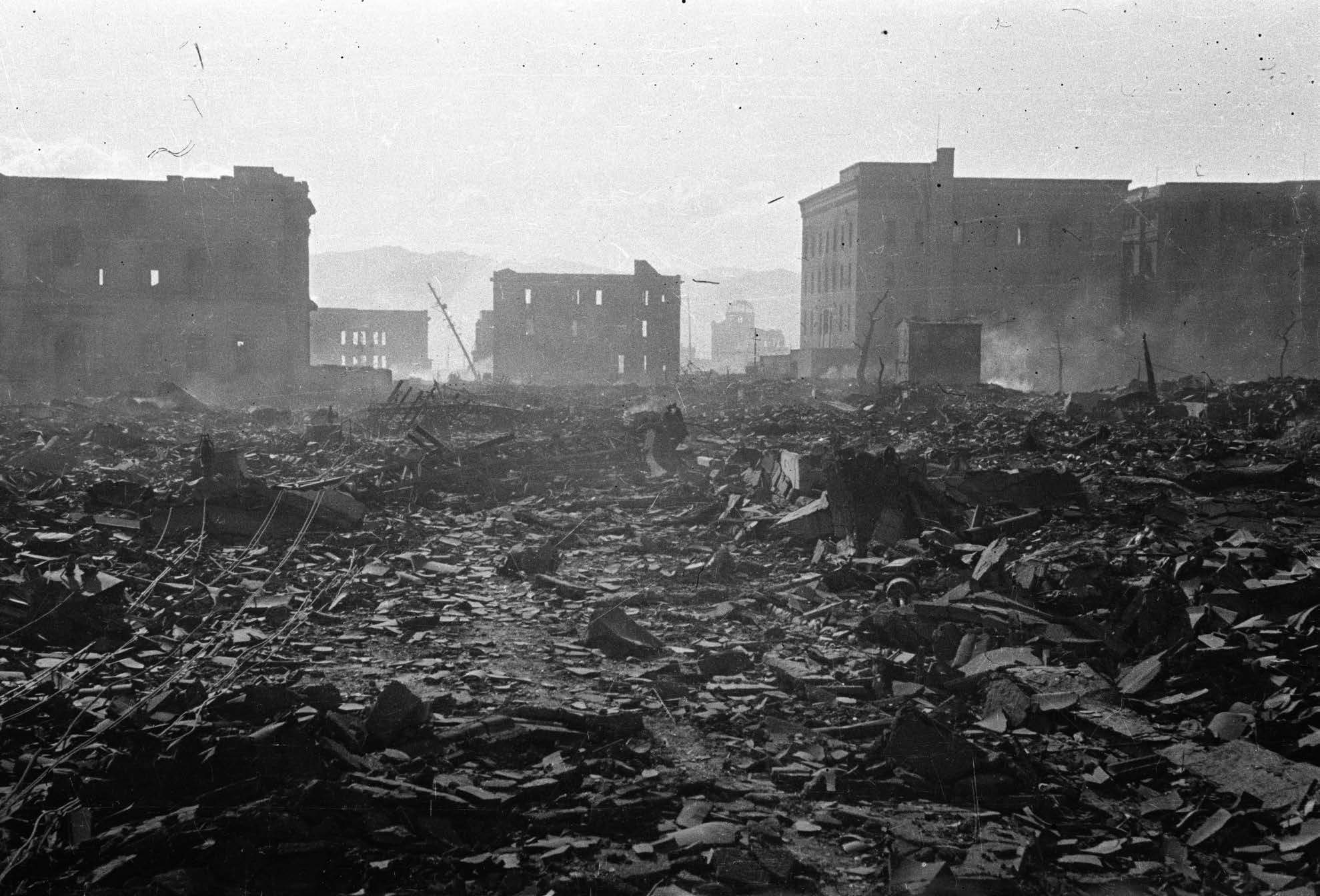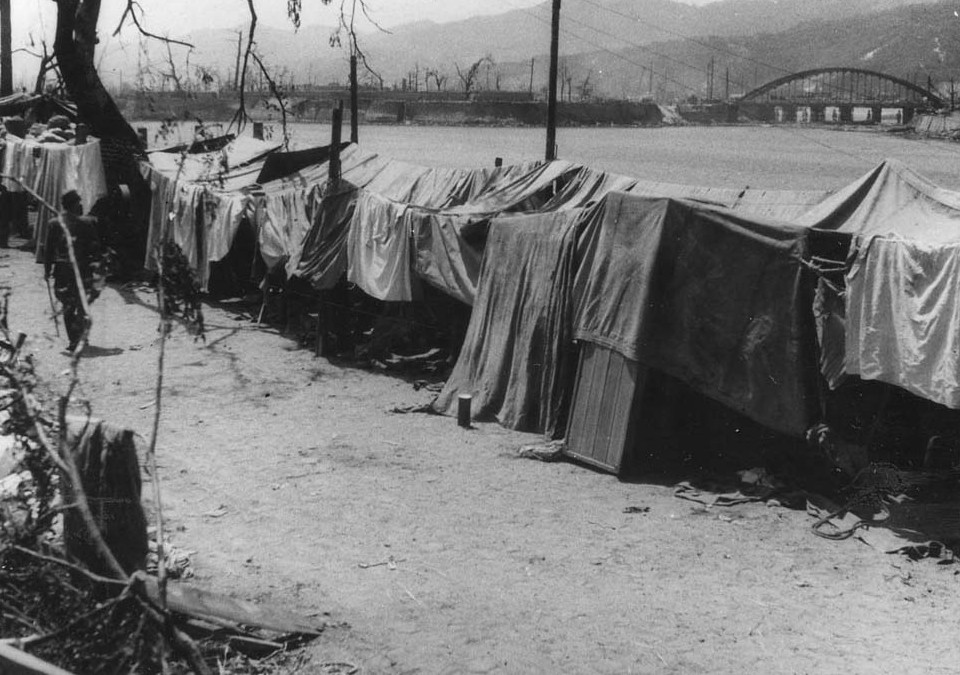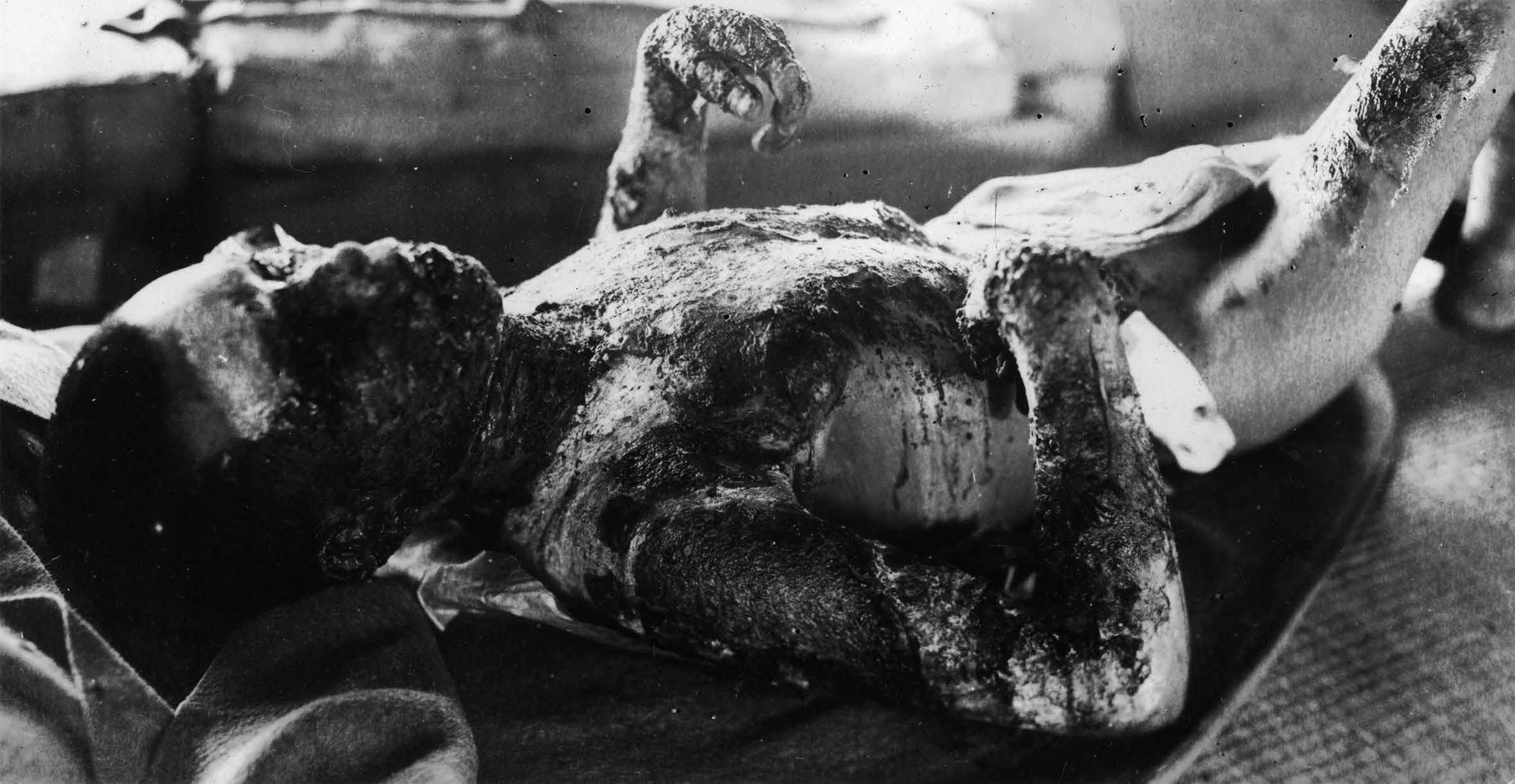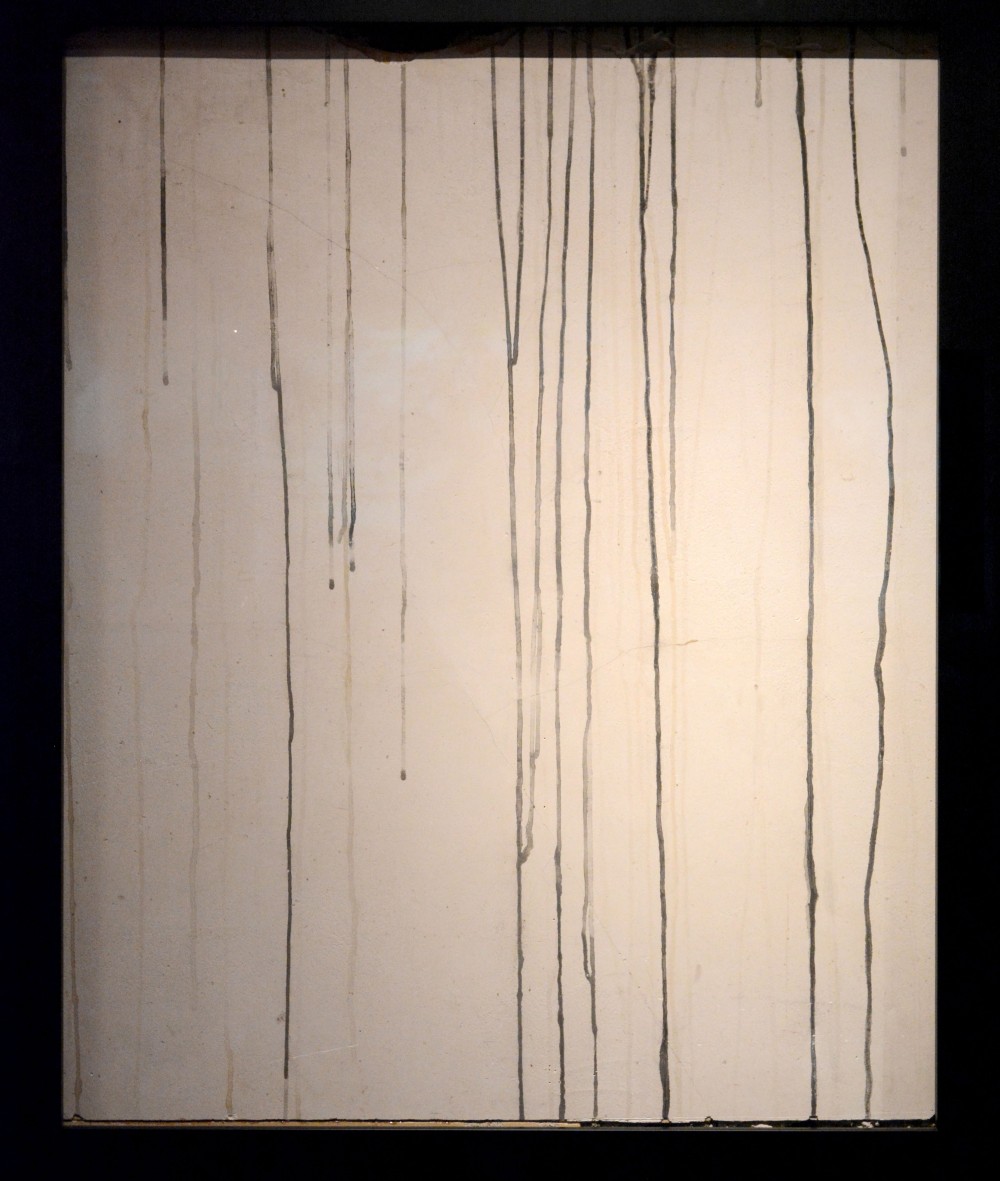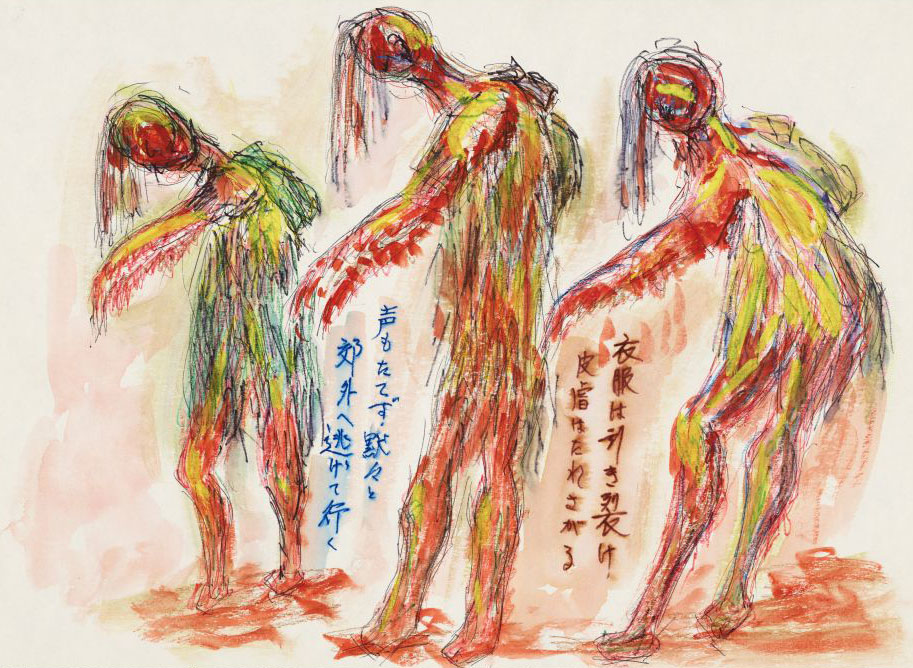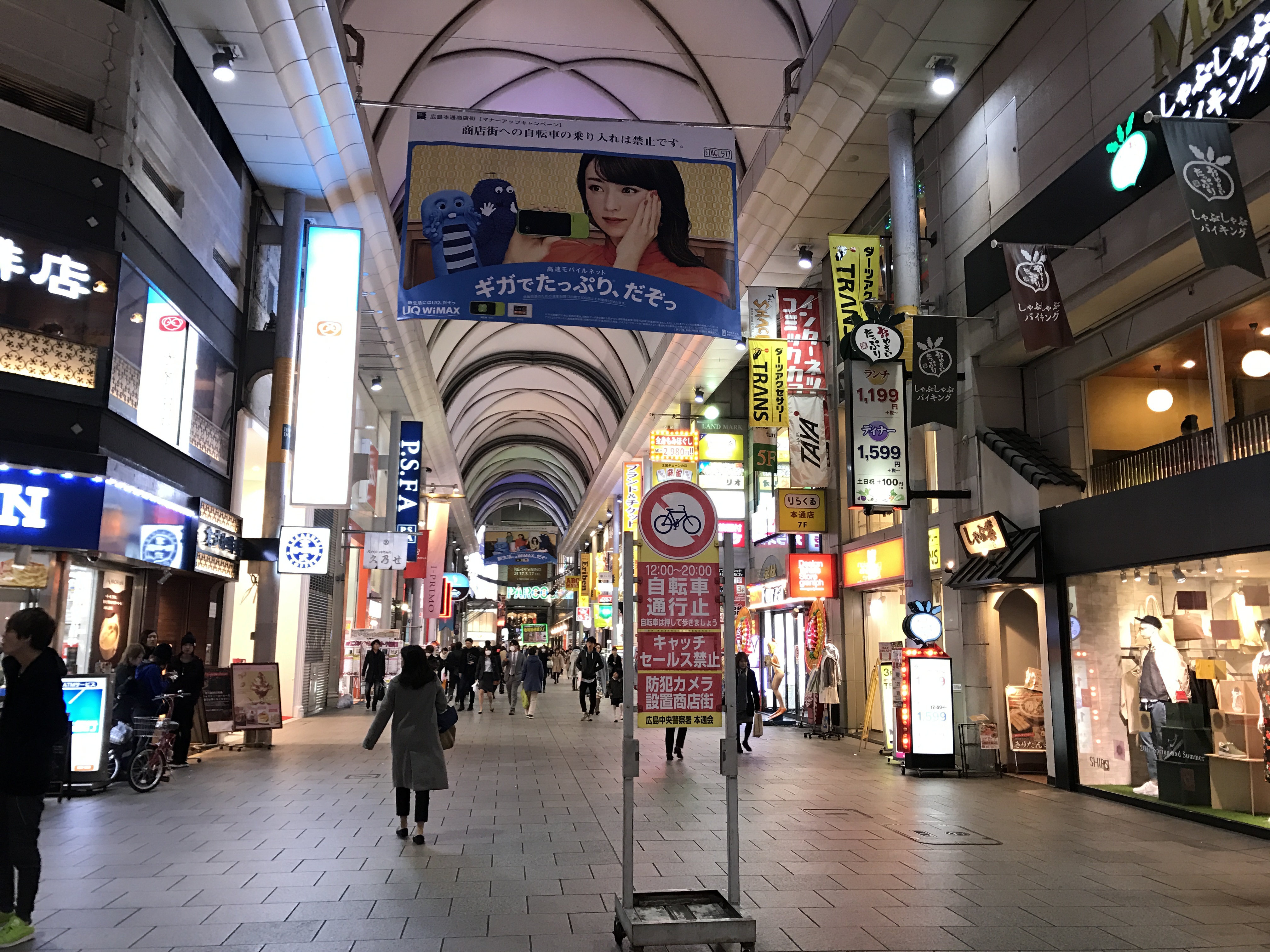Hiroshima
04/10/2025
What can I say about Hiroshima that can add anything to what has already been written? I have no expertise and nothing original to say. Yet I can't stop thinking about Hiroshima. So I'll write this first: please visit the Peace Museum in Hiroshima if you are visiting Japan.
I don't know how it can be worth trying to explain a third, forth hand experience of the bombing of Hiroshima - something already so far removed and diluted by time and recounting that it barely registers - yet I still feel like crying every time I think about our visit - so I feel like I have to try.
The first thing that I only understood after visiting: the atomic bomb was not a bomb. When the first bomb exploded on 6th August 1945 it was perhaps the most reality-altering event in all of history.
That may seem hyperbolic, but I mean it with utmost conviction. Because the closest thing I can think of to try and portray my impression of what happened in Hiroshima is so far from a "big explosion" that the word "bomb" is worth nothing. The best way I can find to try and understand what happened is this: when the bomb exploded on Hiroshima it literally opened up a portal to hell.
Once the firestorm had gone out, and the smoke had risen, the area around the bomb-site in Hiroshima was no longer earth - it was a foreign, unknown landscape of blackened dust. There was no water to drink, no food to eat, no vegetation, and no shelter. Everything you touched, everything you breathed, was poisonous. A poison that infected you with new conditions and mutations unknown to medicine. If you survived and ventured out from whatever shelter you might have found, all around you would find thousands upon thousands of bodies. Bodies of the dead, the dying, and the suffering. The air itself was not of earth. It was littered with molecules and mineral structures, forged in the explosion, which had never previously existed. Because this was not earth as it had been known. It was a version of hell ripped open from a parallel dimension - more horrific than many would attempt to try and imagine. The reality that existed before was gone and replaced. For those that were instantly vaporised it was a blessing. The "bomb" - the explosion and the mushroom cloud - was the rapture - because what followed was a reality from a mythological dimension filled with horror beyond imagination.
I don't know how to internalise the fact this event really happened. It is hard for me to understand that it wasn't something imagined - a plot from a film - or a story told for moral learning. Because even when I try to describe it, the only way that seems possible contains fantastical, fictional prose. But It was real - hell was transplanted onto earth and inhabited by hundreds of thousands.
And there is evidence of it in the Peace Museum. There are photos - cruel grey photos that show the facts of before and after. Numbers, presentations, diagrams - a scientific analysis - as much as you can digest. But there are also things with one less level of indirection. There are artifacts from hell - chunks of twisted metal, contorted and broken by the power of the explosion. Parts of buildings stained by long black threads - the first rain after the bomb. A rain of black radioactive sludge which survivors - so thirsty for any kind of water - would drink, torturing their insides with radiation burns. If it were a biblical event this black poisonous rain - the first rain in hell - would have a name known around the world.
There is art too - terrifying, painful, brutal art from those who inhabited hell. In Italy we have the renowned art of Renaissance artists' viewed by hundreds of thousands every year - with their childish imagined visions of Hell. In Hiroshima is art from those who actually experienced it. There are survivors alive today, and most of the world is not interested in hearing, seeing, or understanding what they have to say. We're so much more comfortable with the fiction over the reality.
If the first struggle in understanding takes place inside the Peace Museum, then the second part takes place when you leave it. How do you go from struggling to comprehend how in the 1940s a mythological event happened and a portal to hell was opened in Japan, to sitting in the Museum cafe eating a piece of cake and listening to other tourists watch the football on their phone.
Because outside of the museum Hiroshima is a normal, lively, Japanese town. It is as if, just as humanity had felt some kind of deep need to prove their capability of creating hell, they had felt the same need to prove their ability to deconstruct it. Hiroshima was re-built over the top of the remnants of hell - and on top of hell are coffee shops, claw-game arcades, and second-hand vintage clothes shops.
How else could it be? The human capacity for second-hand suffering is so quickly saturated people are left with no other action but to move on to life as usual. The natural instinct is always to step back from the abyss.
But months have passed now and the feeling of leaving the Museum hasn't disappeared - it has followed me all the way back to Montreal where I sit now, writing this in the sun and peace. I can't tell which one is the dream: the visions of Hiroshima I saw in the Peace Museum, or the present in Montreal, because it still feels like the two cannot exist in the same reality.
The only thing that has dissipated over time is the deep anger I felt. There is a lot I would like to say in anger about those in power across the world, those who dropped the bomb, the ideology of mutually assured destruction, the nuclear arms race, and everything else - but I know that I am unlikely to persuade anyone with deeply held beliefs to change their minds on these topics by posting in anger.
So I'll stick to something I feel like I might have a chance in persuading people to do no matter what their thoughts are: please, with an open mind, visit the Peace Museum in Hiroshima if you ever visit Japan.
